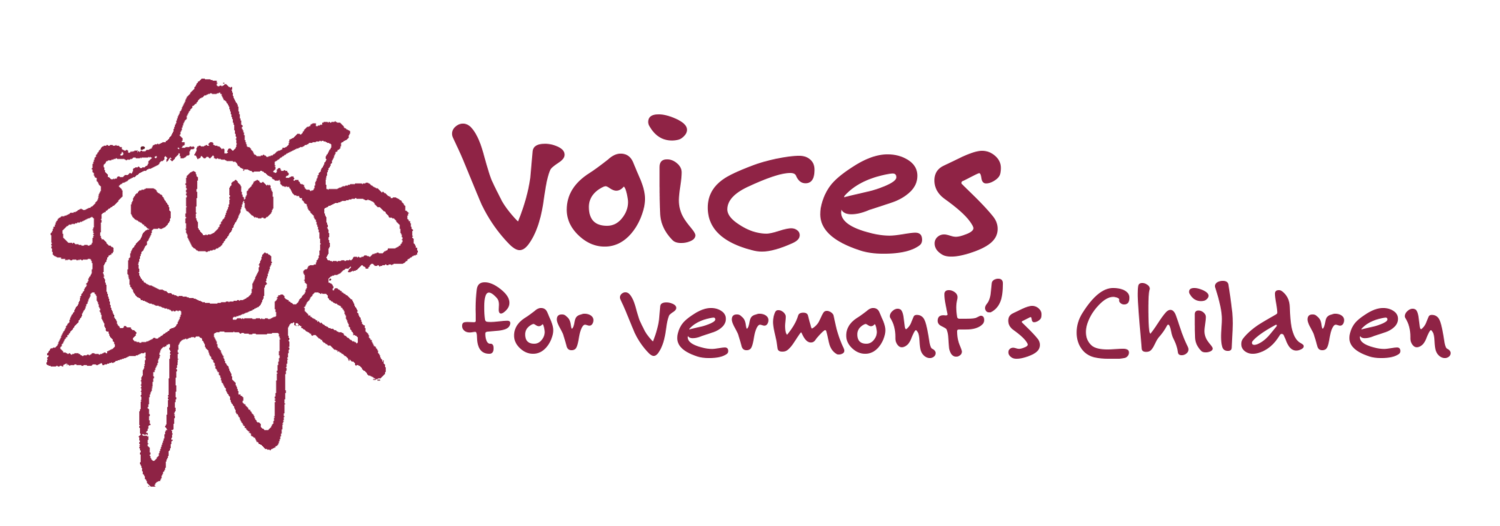A Better Way to Measure Poverty
Official Poverty Measure Fails to Provide an Accurate Assessment of Anti-Poverty Programs
The Supplemental Poverty Measure Shows U.S. Child Poverty Rate Cut Nearly in Half by Safety Net Programs and Tax Policies
MONTPELIER—The independent child advocacy organization Voices for Vermont’s Children is highlighting the release of the new KIDS COUNT® Data Snapshot, Measuring Access to Opportunity in the United States. The report describes a better index for measuring poverty – the Supplemental Poverty Measure (SPM) – which captures the effect of safety net programs and tax policies on families.
The federal government’s official poverty measure, created in the 1960s, uses outdated information on how U.S. families are faring today and fails to capture the effect of programs designed to help them.
In contrast, the Supplemental Poverty Measure, created by the U.S. Census Bureau in 2011, factors in the impact of a number of social programs such as the Supplemental Nutrition Assistance Program (SNAP) and the Earned Income Tax Credit (EITC) and takes into account rising costs and other changes that affect a family’s budget. The SPM also provides a more accurate assessment of poverty levels on a state and regional basis. It helps illustrate, for instance, the variations in the cost of living and the impact of federal programs from one state to the next.
“Advocates and policy makers in Vermont should welcome the insight that the Supplemental Poverty Measure provides,” said Sarah Teel, Research Director at Voices for Vermont’s Children. “These estimates are based on a completely different and more complex accounting of resources, as well as transfers of these resources in and out of families’ pockets.”
Transfers include 3SquaresVT(SNAP), Women, Infants, and Children (WIC), School Lunch, Reach Up(TANF), Housing Subsidies, Low-Income Home Energy Assistance Program (LIHEAP), Social Security, Unemployment Insurance, Worker’s Compensation, Supplemental Security Income (SSI), Child Support, Earned Income Tax Credit (EITC), and Child Tax Credits.
The SPM shows Vermont’s child poverty rate at 24% before transfers and 10% after transfers.
“This means that almost a quarter of Vermont kids wouldn’t have enough if not for everything we do, and that the programs and policies we have in place make a big difference for the 18,000 kids who are being protected by them,” said Teel. “How do we expand that to the other 10 percent?”
By using the SPM, researchers have determined that the rate of children in poverty in the U.S. has declined from 33 percent to 18 percent as a result of these programs and policies.
“The official poverty measure does not provide the accurate information policymakers need to measure the success of anti-poverty programs – nationally and at the state level,” said Patrick McCarthy, president and CEO of the Annie E. Casey Foundation. “Relying on this tool alone prevents policymakers from gauging the effectiveness of government programs aimed at reducing child poverty.”
Measuring Access to Opportunity in the United States provides national and state-by-state data using the SPM to show the effect of a variety of resources to help low-income families. In a striking departure from official poverty rate data, the SPM shows that California has the highest child poverty rate, followed by Arizona and Nevada.
In every state, anti-poverty programs tracked by the SPM have led to a reduction in the child poverty rate. Because federal benefits are not adjusted for differences in regional costs of living, they are likely to have a more significant impact in states where the cost of living is relatively low. States and localities also vary in their contribution to the safety net programs and tax policies that can help move children out of poverty. These federal and state programs and policies helped cut the child poverty rate by more than 20 percentage points in Kentucky, Mississippi and the District of Columbia. States where government intervention has had a lesser effect on decreasing child poverty include North Dakota, New Hampshire and Alaska.
“Continued investment in the development of the SPM can ensure our resources are directed in ways that give our children the best opportunity to succeed,” said Laura Speer, the Foundation’s associate director, policy reform and advocacy. “It’s critical that we look beyond just the federal poverty rate to evaluate the success of important social programs.”
Measuring Access to Opportunity in the United States will be available at 12:01 EST on February 25 at www.aecf.org.
